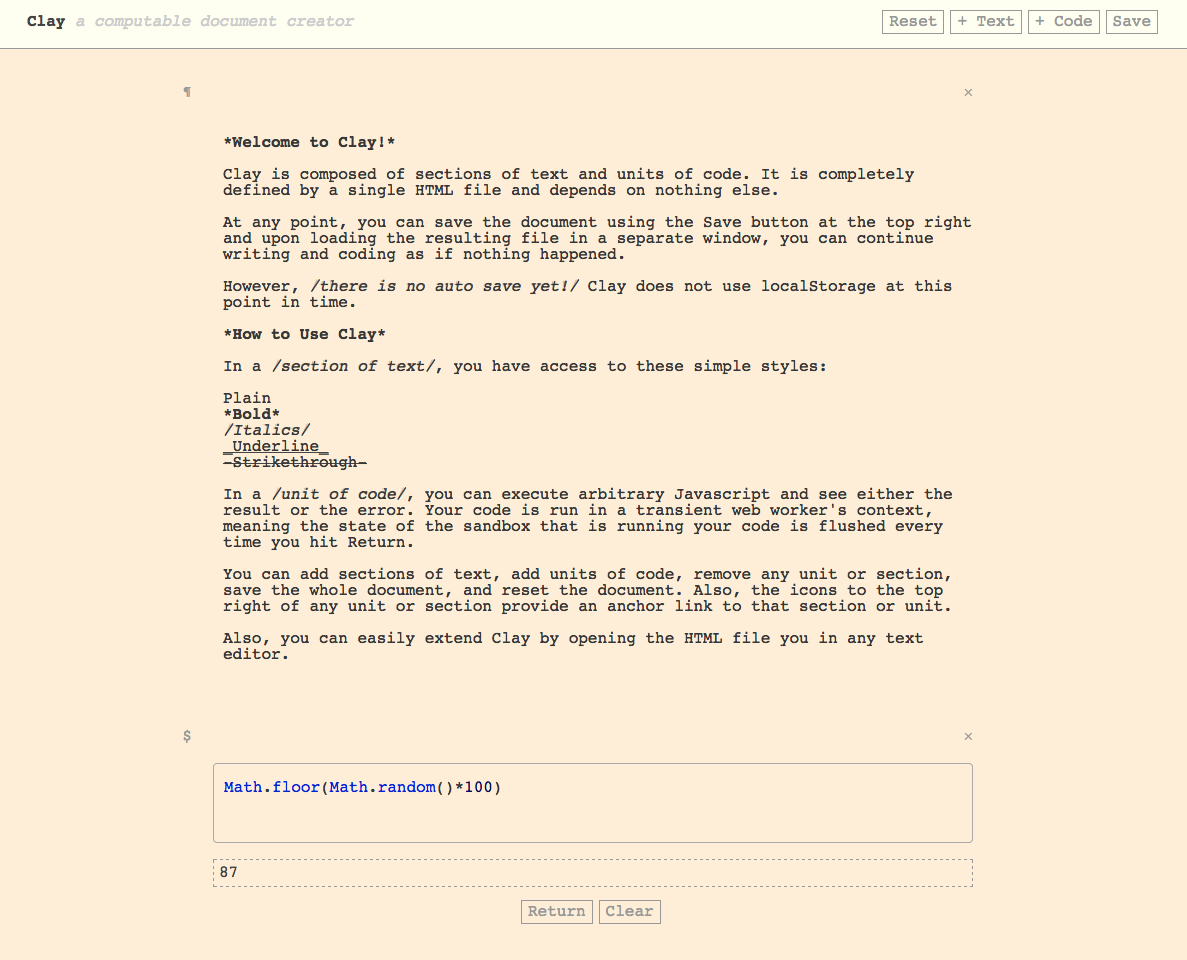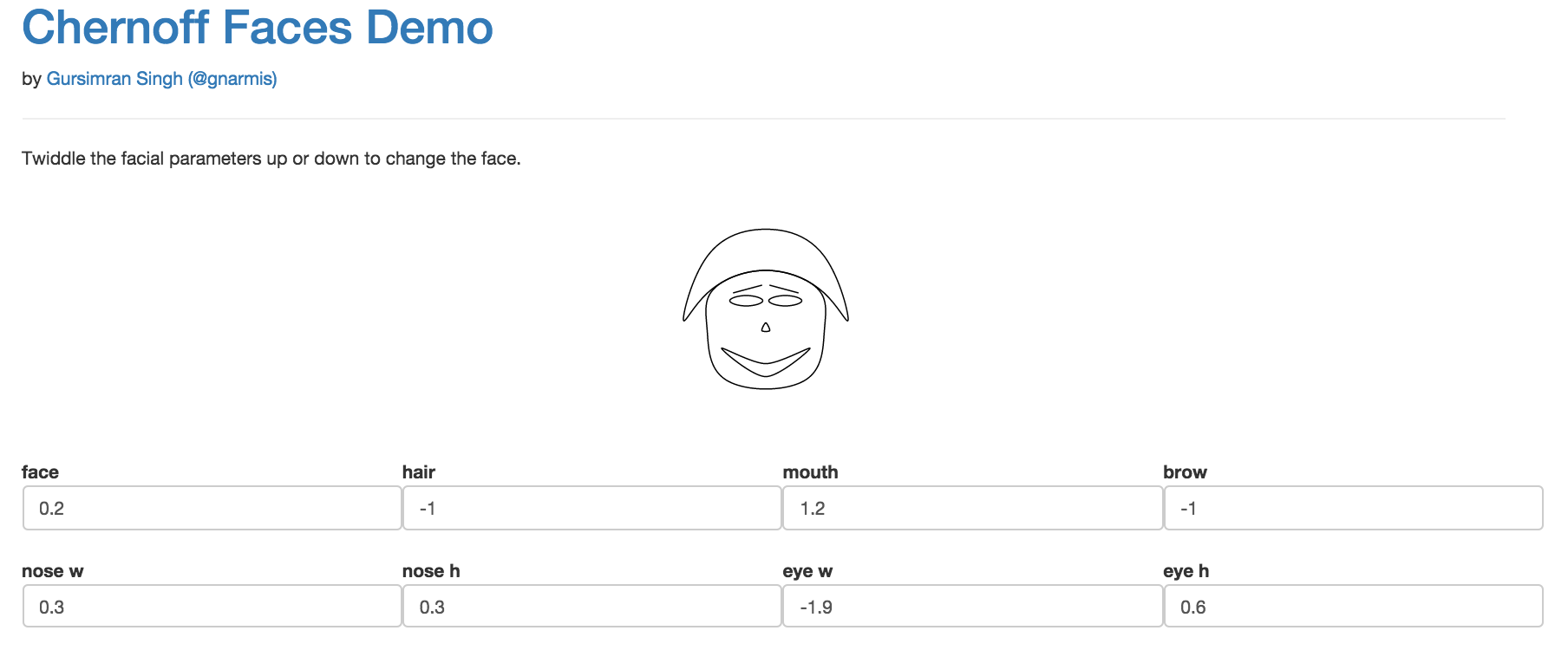
updating based on feedback is trickier than you think
Psychologist Bertram Forer once asked some students to fill out a personality test and then gave them a personalized profile based on the results. The students rated how well the profile captured their individual personality, and at the end, the average rating was found to be 4.2 out of 5!
But actually, Forer had taken vague statements like “You have a great deal of unused capacity which you have not turned to your advantage” from a book on astrology, assembled them into a profile, and given the same profile to everyone [ 1]. The students had stretched a profile full of elastic language to fit their self-image, even though they probably thought they were judging the profile objectively.
...
